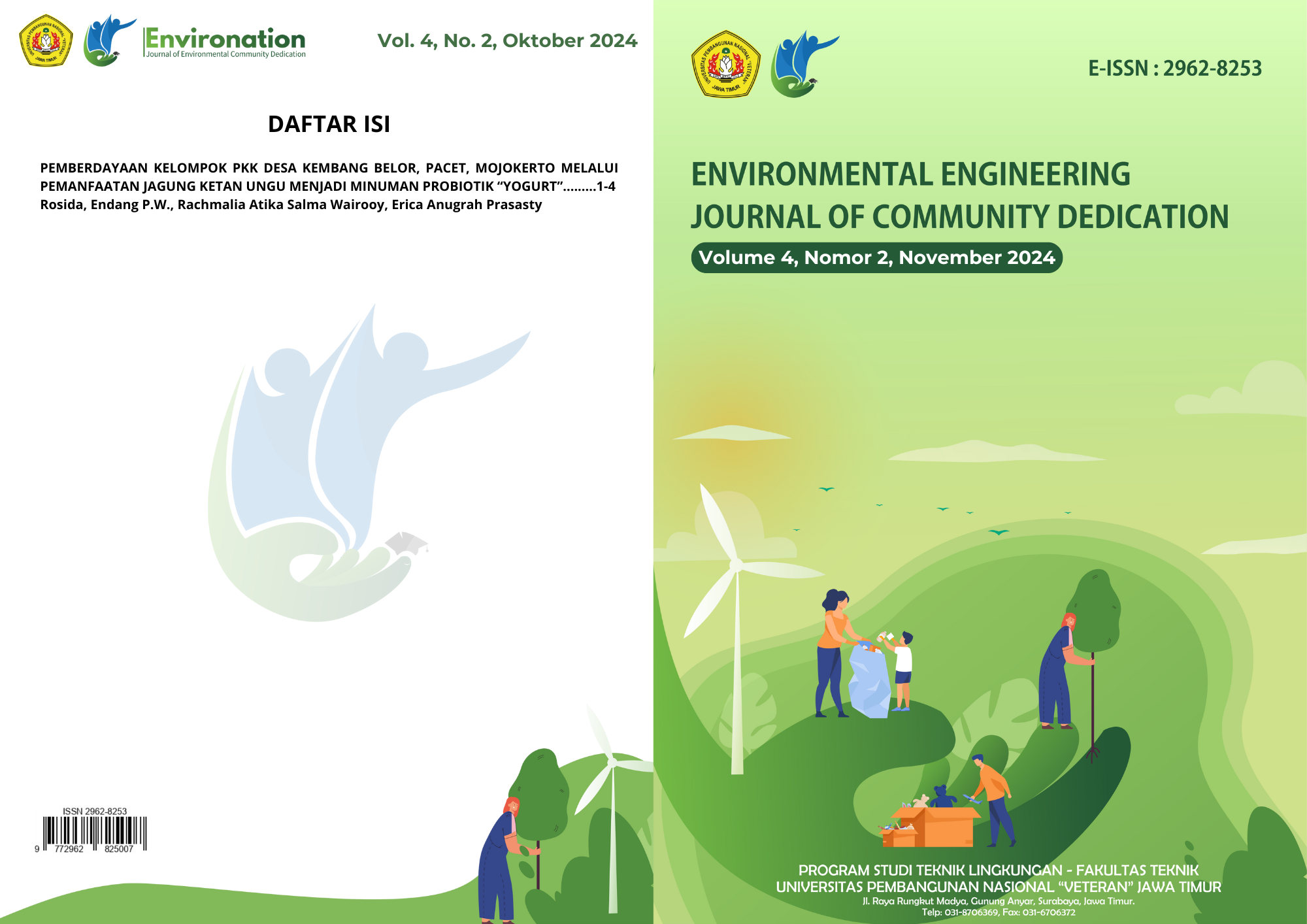MAPPING POTENTIAL FISH PROCESSING SOURCES GLAGAH DISTRICT, LAMONGAN
Abstract
Glagah District, located in Lamongan Regency, has a lot of potential that can still be optimized, one of which is fish processing. This area produces popular fish on the market and only becomes waste if not processed, such as small fish, fish with too many spines, and fish heads. This is the main concern in processing unsold fish as one of the main raw materials in the production of fish meal. Mapping fish processing sources aims to build and maximize fish production potential. The method used is a descriptive and qualitative method with a field survey to obtain an overview of the distribution points of fish processing sources. From the results of field surveys and mapping carried out, there are 196.2456 hectares, including swamps, rivers and reservoirs, with a production scale of around 125.4635 tons. Meanwhile, the results of aquaculture include fish ponds, rice fields, ponds, floating-net-cages, and step-net-cages, which cover an area of around 4,179.48 hectares with a production scale of 12,915.9608 tons. The use of fish includes flour, pellets, crackers, presto, and fish cake, which can add selling value. This can also be a way to reduce fish and increase the village's income.











